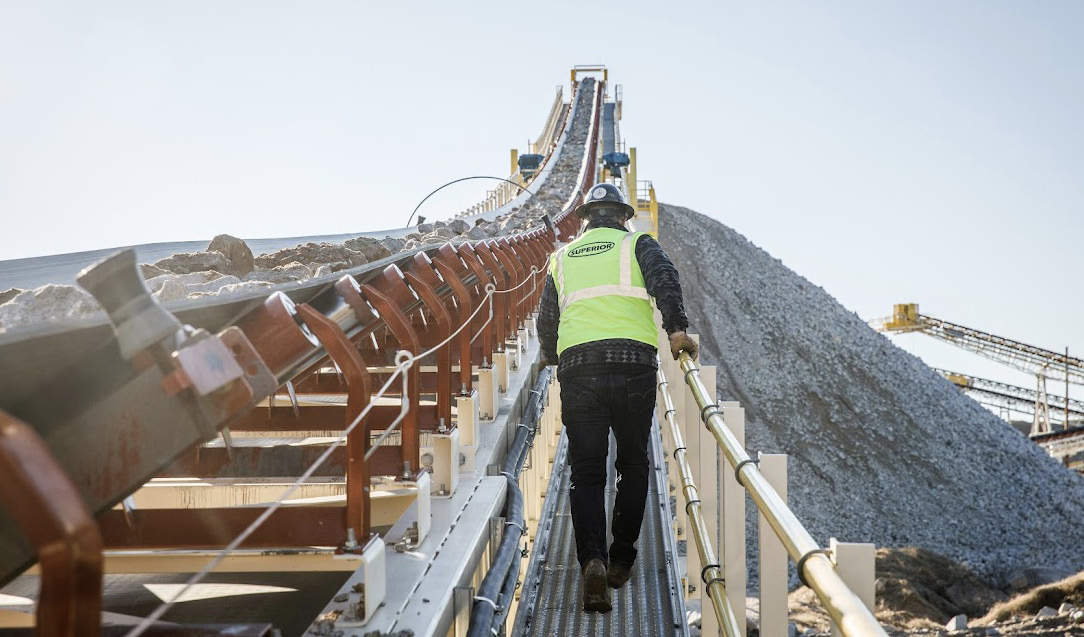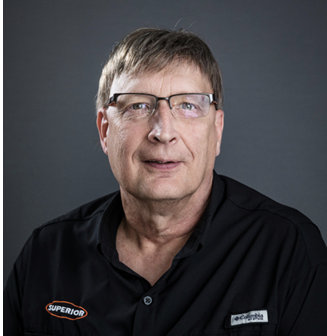What’s driven the last 25 years in conveyors? What will advance the next 25 years? NAM asked an expert – Scott Gulan, Superior Industries’ director of business development, for his input.

A strong infrastructure is often judged by the presence, power and efficiency of its conveyor line. Along the way, technology has evolved alongside conveyor widths, yields and speeds, as cleaners and rollers have been fortified and the overall system has risen to meet the latest challenge.
What’s to come, though? North American Mining sought to find out and bent the ear of Superior Industries’ Scott Gulan.

NAM: What do you feel are the biggest changes in conveyors over the last 25 years?
Gulan: In mining, conveyors have grown exponentially in both size and sophistication. Twenty-five years ago, a 10-mile overland system felt big. Today, we’re installing conveyors that span 40 miles, handling more tonnage with greater uptime and lower energy use. That’s all made possible by better engineering and improved components – things like low-drag idlers, VFDs, and sealed-for-life bearings.
We’ve also made major strides in safety and environmental control. Regulatory pressure has driven adoption of better guarding and improved dust control. Skirting systems, belt cleaners, and sealing technologies have evolved to reduce spillage and airborne dust – making operations cleaner and safer.
What do you think will drive the next 25 years?
The future is smart. Conveyor systems will get more automated, more predictive, and a lot more digital. With sensors feeding real-time belt tracking, tension, and bearing health data, mines can shift from reactive to predictive maintenance. That keeps uptime high and unplanned shutdowns low.
At the same time, we’re going to see even higher demand for throughput. That means faster belts – but faster also means riskier. The issues that plague conveyors today – tracking, dust, wear – will all get amplified. Solving those problems with smarter components and better system design will be key.
We’re already seeing demand rise for systems that control emissions at every handoff – stilling zones, sealed transitions, and smarter loading zones will all play a role.
